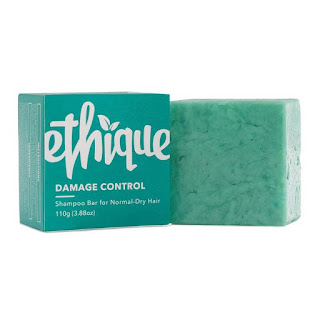Thorn Apple
Thorn Apple
Datura stramonium
USDA Growth Zone 5 to 7 annual; 8 to 10 perennial [2]
Devil’s Trumpet plant, Thorn Apple, Stinkweed, Devil Weed, Hell Bell, the Datura Moonflower [2]
Jimsonweed, Jamestown Weed [3]
All members of this genus contain narcotics and are very poisonous, even in small doses[200]. [3]
Plant Information
The Datura finds itself commonly associated with plant names and similar species such as Brugmansia (Angel Trumpet) or the Devils Trumpet, but with a marked difference. [2]
While the Brugmansia or Angel Trumpet plant have downward-facing trumpets, the Datura flowers point upwards, facing the sky. [2]
Planting Datura requires full sun coupled with moist, rich, well-drained soil. As a tropical species, they thrive in the warmer months and don’t take kindly to frost and winter months. If left by themselves in winter, the every datura leaf will drop and the plant most likely dies. [2]
The Datura plant will benefit from extra water during the growth season; the soil should stay moist. In the winter months, drastically reduce watering but not to the point the soil completely dries out. Come winter season the Datura may go deciduous. Pot them in a light well-drained soil. A weak liquid plant food could encourage blooming. [2]
Medical
The thornapple is a bitter narcotic plant that relieves pain and encourages healing[238]. It has a long history of use as a herbal medicine, though it is very poisonous and should be used with extreme caution. The leaves, flowering tops and seeds are anodyne, antiasthmatic, antispasmodic, hallucinogenic, hypnotic, mydriatic and narcotic. The seeds are the most active medicinally. The plant is used internally in the treatment of asthma and Parkinson's disease, excess causes giddiness, dry mouth, hallucinations and coma. Externally, it is used as a poultice or wash in the treatment of fistulas, abscesses wounds and severe neuralgia. The use of this plant is subject to legal restrictions in some countries. It should be used with extreme caution and only under the supervision of a qualified practitioner since all parts of the plant are very poisonous and the difference between a medicinal dose and a toxic dose is very small. The leaves should be harvested when the plant is in full flower, they are then dried for later use. The leaves can be used as a very powerful mind-altering drug, they contain hyoscyamine and atropine. There are also traces of scopolamine, a potent cholinergic-blocking hallucinogen, which has been used to calm schizoid patients. Atropine dilates the pupils and is used in eye surgery. The leaves have been smoked as an antispasmodic in the treatment for asthma, though this practice is extremely dangerous. The seeds are used in Tibetan medicine, they are said to have a bitter and acrid taste with a cooling and very poisonous potency. Analgesic, anthelmintic and anti-inflammatory, they are used in the treatment of stomach and intestinal pain due to worm infestation, toothache and fever from inflammations. The juice of the fruit is applied to the scalp to treat dandruff. [3]
Magical/Occult
Thornapple has been used in rites of passage by indigenous Americans for centuries. It is a plant, with the exception of a couple of varieties that is native to the Americas. Its application as a catalyst for these liminal rites and its role as a gatekeeper to esoteric wisdom make it a powerful ally for aiding transitions, for letting go and for healing the trauma of the past. [1]

Comments
Post a Comment